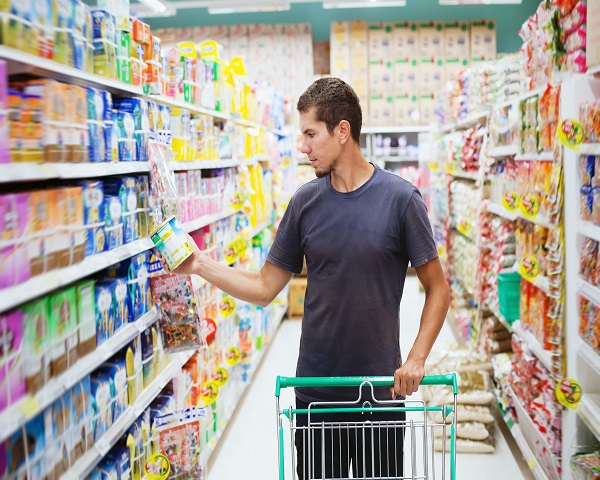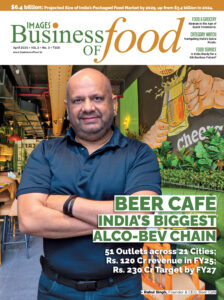India’s evolving economy, driven by affluence, aspiration, and improved F&B access, is spurring consumption and demand for branded products. Digitalization and quick-commerce are enhancing accessibility, benefiting rural areas and consumers, while select F&B segments are experiencing rapid growth. Innovation and investments are giving rise to novel products and brands, catering to health-conscious and India centric…




